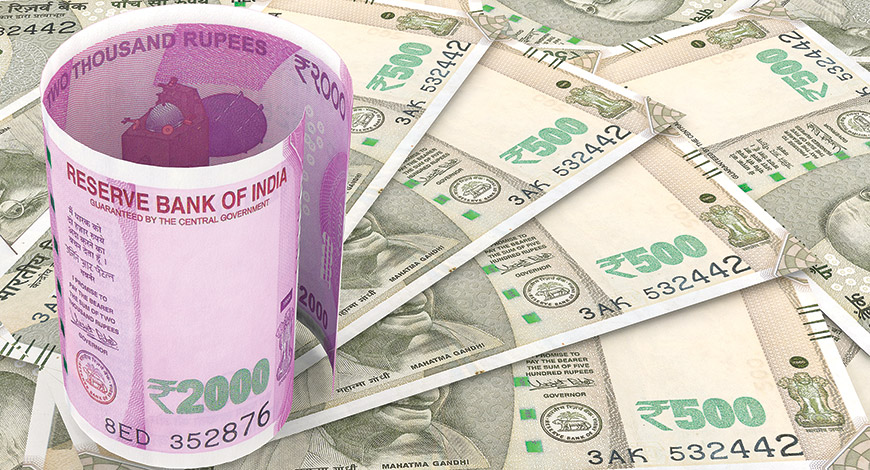While it is common knowledge that the Indian economy is in a tailspin, the fresh release of data on GST collections for November, showing an upward jump, is by itself small consolation for the Modi government in its second term. The jump is minimal and shows how terrible the situation is at present. The figures in comparison stand like this: August Rs 98,202 crore, September Rs 91,916 crore, October Rs 95,380, crore & November Rs 103,492 crore.
The fall in the GDP rate to below 4.5 per cent in the July-September quarter is part of a progressive climb-down in the past few years. The government data released this past week has further shocked the nation and stoked fears of a much worsening scenario.
There is reason for some cheer that the GST collections saw an upward trend through this year, with the exception that the period from August to October saw a fall – to which the collections have returned for the month of November. The government seems to hint that this is the result of a stimulus package it has announced to give a boost to the national economy, but truth could be different. There is no guarantee as yet that the GST collections would not go down again. If, on the other hand, the government is able to sustain this mark for the coming months, it would bode well for the national economy.
However, all government data seem to be fudged now and there is no certainty of this GST figure being truthful.
The more the money in the government’s hands, the more it can afford to spend in ways as to galvanize the markets by way of increased purchasing power for the people. Infra spends will help one and all, as there could be a trickle-down effect as is widely believed. The funds earmarked for welfare schemes like the rural employment guarantee schemes should also see an upward trend. The scheme introduced by the UPA government had a salutary effect inasmuch that the poor in the rural areas got something to take care of their family hearths. The markets too revved up as a result. The same enthusiasm was not shown by the Modi government to carry the scheme forward with sufficient allocation of funds.
GST has its bad sides in relation to its implementation, but the good sides of the tax unification system cannot be overlooked. It hurt the informal sector, upon which the Indian markets played around for long. Its loopholes need to be plugged.
Former prime minister Manmohan Singh has stated this past week that he is worried something more serious is happening below the surface, over and above the present economic downturn. He should know. At the same time, the present plight for the Indian economy has also to do with the omissions and commissions of the present government. The Modi government failed to fix the problems of the economy in its first term. It spent more time bringing in newer laws and stricter regulations. Regulations are generally a dampener to growth. The result is that the banking sector is facing serious odds and this has a huge adverse impact on national economy. The link is due solely to bad management.
The rise in GST collections is a small comfort to a nation faced with odds in a sea of economic troubles; and this is no more than the record of collections for the month of November alone. The need of the hour is for the government to fix matters on a long-term basis so that economic activity will regain momentum. The Modi government does not seem capable of producing any fresh economic thoughts and it is bereft of ideas.



